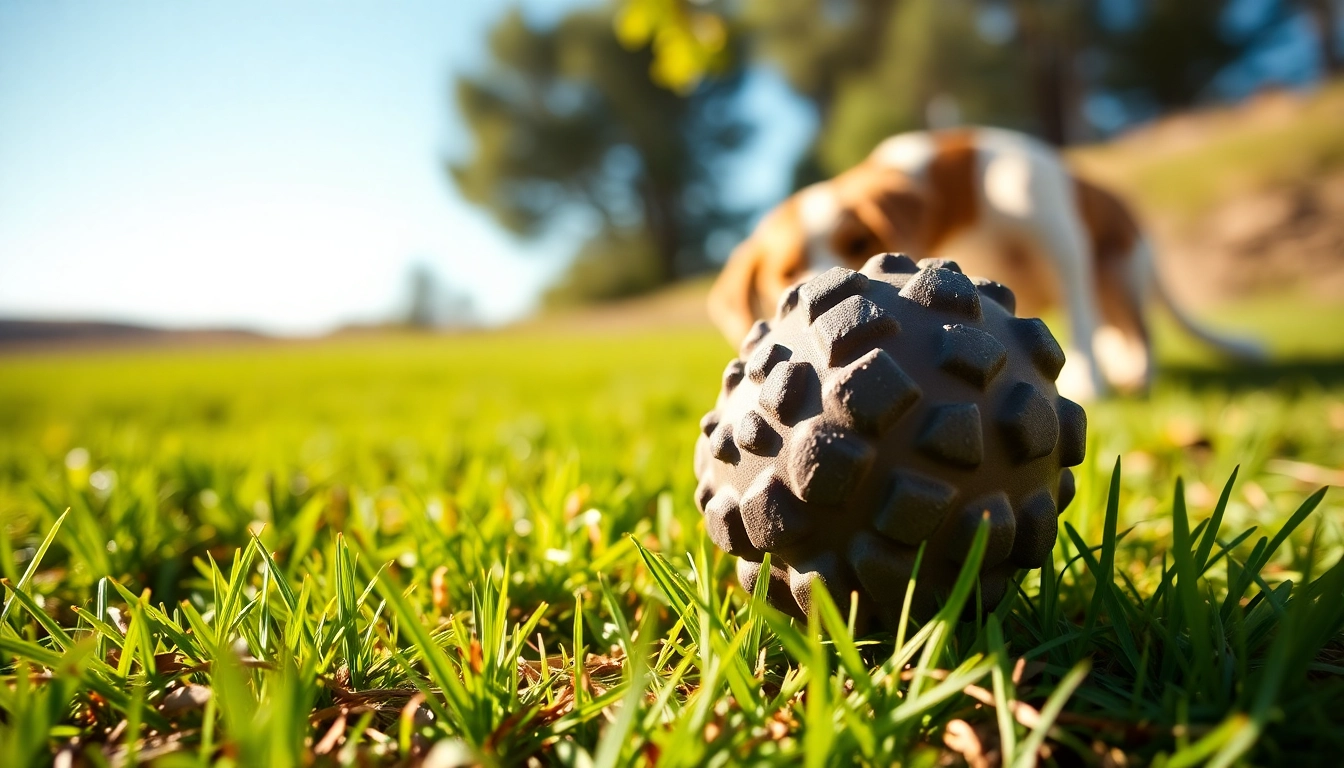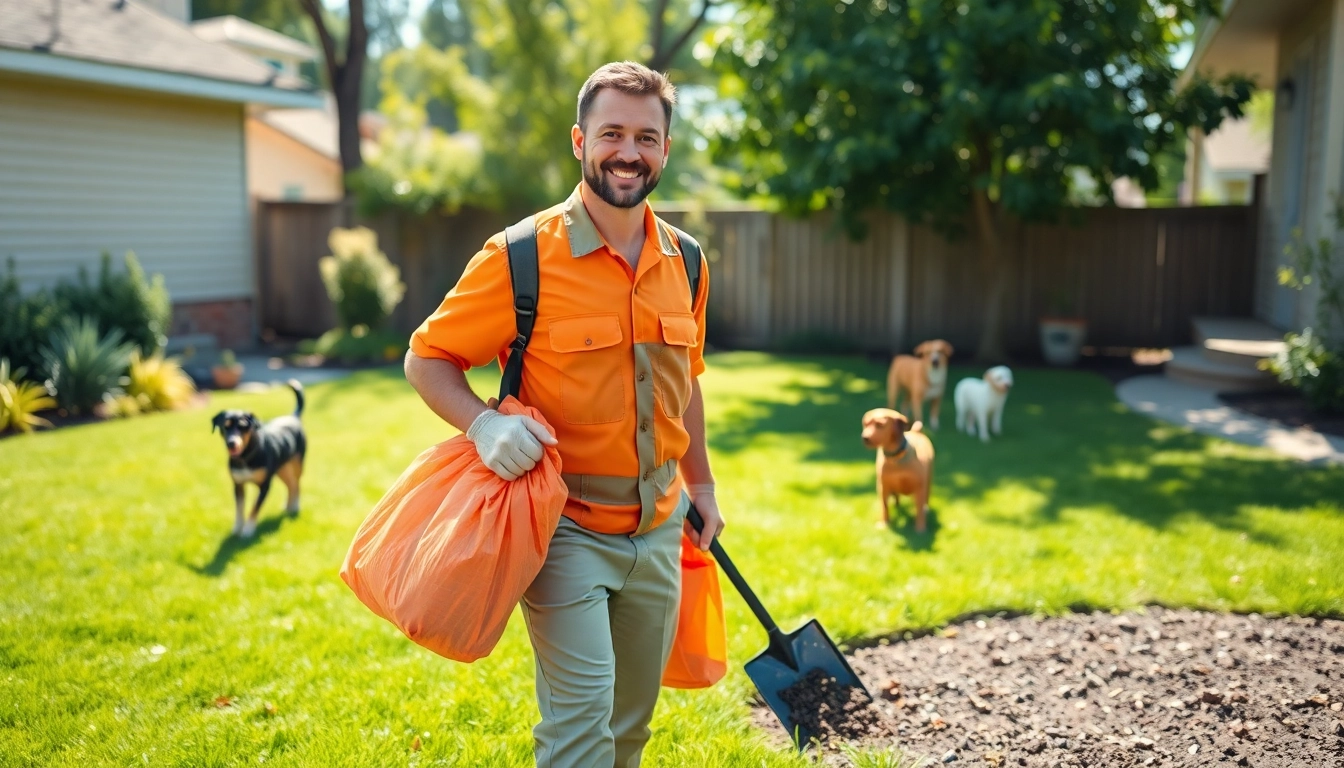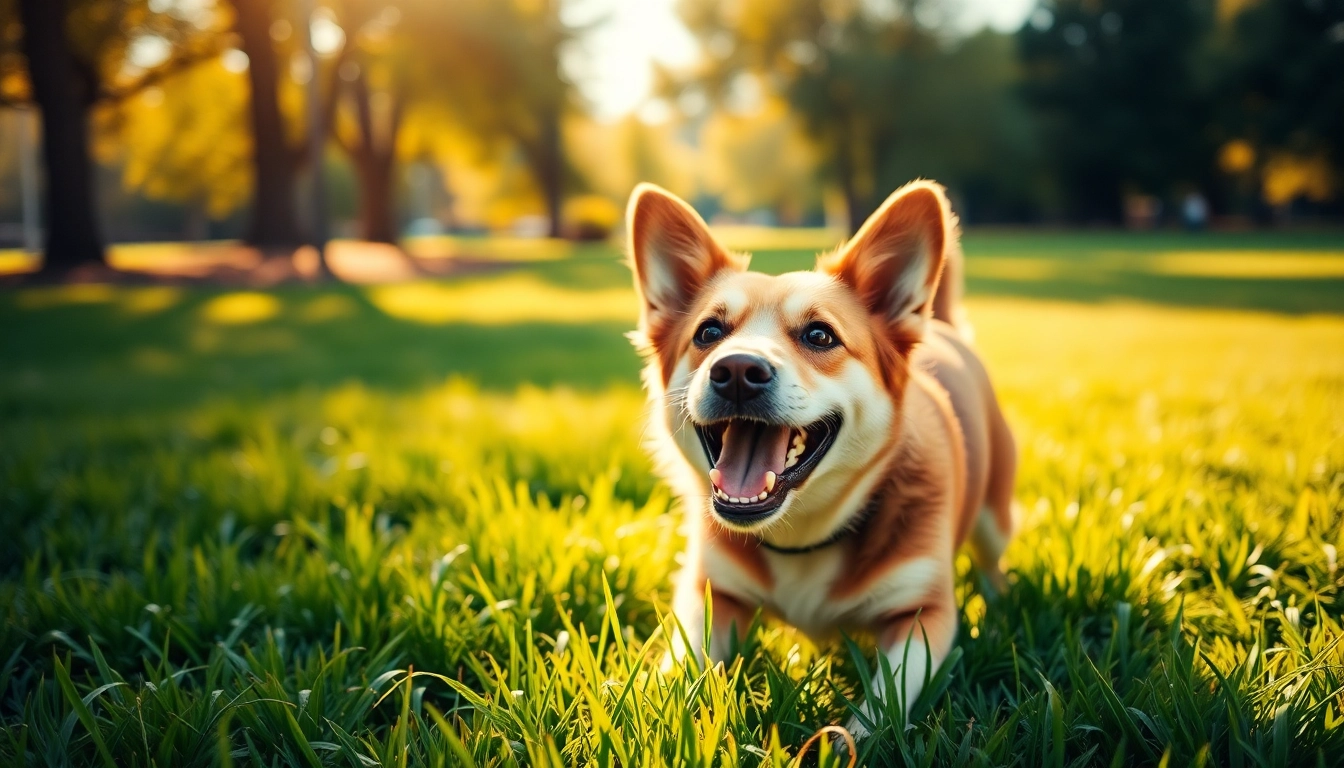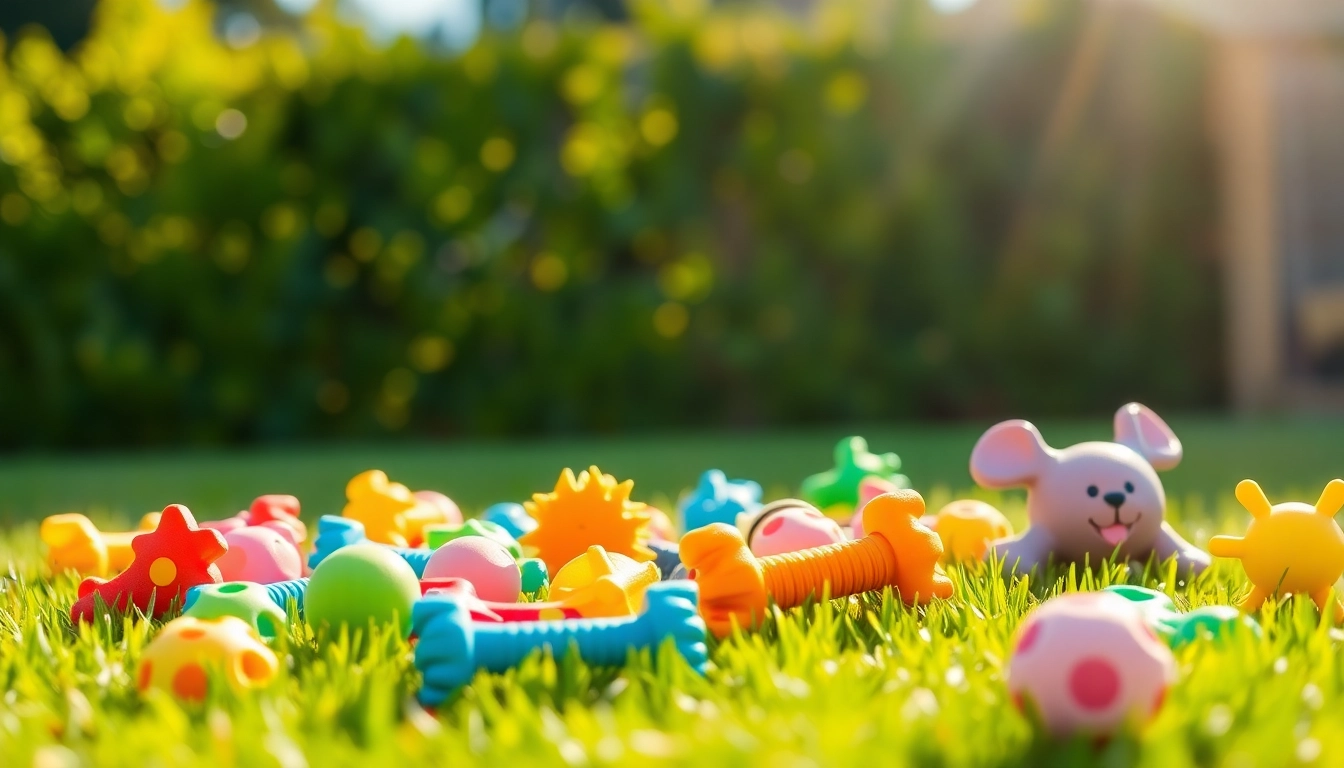Understanding Your Dog’s Play Needs
Dogs are inherently playful creatures, and engaging them in interactive play is essential for their physical and mental well-being. The right toys can play a significant role in fulfilling these needs, from keeping them active to alleviating boredom. A well-chosen dog toy dog can enhance their quality of life, providing stimulation and enjoyment.
Why Dogs Need Toys
Toys serve a crucial function in a dog’s life. They satisfy a dog’s natural instincts to chew, fetch, and play. Chewing, for example, is an age-old behavior that aids in dental health, reduces anxiety, and helps with stress relief. Playtime is also vital for the development of social skills, as it often involves interaction with humans or other dogs. Toys become tools for positive reinforcement during training and offer an opportunity for bonding between pet and owner.
Types of Play: Chew vs. Fetch
Understanding the different types of play can help you select the best toys for your dog. Chew toys are designed for dogs who love to gnaw and need to chew regularly to maintain dental hygiene. Fetch toys, on the other hand, are ideal for dogs that enjoy running and hunting. A combination of both types can provide a balanced play experience that keeps your dog entertained and healthy.
Choosing the Right Material
The material of the toy is just as important as its design. Rubber is a popular choice due to its durability and non-toxic properties. Nylon toys are another great option, providing a satisfying chewing experience without easily breaking apart. Plush toys can be suitable for dogs with gentle chewing habits but may not withstand aggressive chewers. Understanding your dog’s chewing style will guide you in selecting appropriate materials for their toys.
Top Recommendations for Dog Toy Dogs
Durable Rubber Chew Toys
When it comes to chew toys, durable rubber options are some of the best on the market. Brands like KONG and West Paw offer various shapes and sizes that can withstand extensive chewing. Rubber toys often come with the added benefit of being able to hide treats inside, mentally stimulating your dog while they chew. These toys are made with non-toxic materials, ensuring safety during play.
Interactive Toys for Engaged Play
Interactive toys keep dogs engaged and mentally stimulated. Whether it’s a puzzle feeder that encourages problem-solving or a tug toy designed for one-on-one play sessions, engaging toys can provide hours of entertainment. Consider options that promote interaction with you, requiring your involvement to boost their social skills and deepen your bond.
Eco-Friendly Options for Conscious Consumers
With growing concerns about sustainability, eco-friendly dog toys have gained popularity. Brands are emerging that use recycled materials or natural fibers, offering a green alternative without compromising durability. Toys made from organic cotton or recycled plastics ensure that your dog can have fun while also being part of a more sustainable future.
Safety Considerations for Dog Toys
Avoiding Toxic Materials
Your dog’s health is paramount, which is why selecting non-toxic toys is critical. Many toys on the market contain harmful chemicals that can be damaging if ingested. Look for brands that clearly label their toys as BPA-free, phthalate-free, and free of harmful dyes. Reading reviews and researching manufacturing processes can also provide insights into toy safety.
Size Matters: Choosing the Right Fit
Selecting the proper size toy for your dog is fundamental to their safety and enjoyment. A toy that is too small may pose a choking hazard, while a large toy may not be appropriate for smaller breeds. Generally, the toy should be large enough that the dog cannot swallow it but small enough for them to carry. Always refer to size guidelines provided by manufacturers when making your selection.
Inspecting for Wear and Tear
Regularly inspect dog toys for signs of wear and tear. Check for fraying edges, cracks, or pieces that might break off. Weak spots can pose potential choking hazards, so it’s crucial to replace damaged toys promptly. Establishing a routine inspection practice can help ensure safe playtime.
Enhancing Playtime: Tips for Dog Owners
Creating a Fun Environment
To maximize playtime, creating a fun and stimulating environment is essential. Rotate toys regularly to keep them feeling fresh and exciting for your dog. Incorporate various activities like fetch, tug-of-war, and hide-and-seek to keep your dog’s interest peaked. This variety can help stave off boredom and anxiety, resulting in a happier pet.
Incorporating Training with Toys
Toys can also play a crucial role in training. Use toys as rewards during training sessions or incorporate them into teaching commands and new tricks. For example, using a favorite toy as an incentive can motivate your dog to obey commands. Incorporating play into training not only makes learning more enjoyable but fosters a positive association with training sessions.
Regularly Rotating Toys
To keep things interesting for your dog, consider regularly rotating their toys. Keeping a selection of toys out and storing some away can create a like-new experience when the toy returns. This system can mitigate boredom and help maintain high levels of engagement during playtime.
Where to Buy Quality Dog Toy Dogs
Online Retailers vs. Local Pet Stores
When it comes to purchasing dog toys, both online retailers and local pet stores have their advantages. Online shops often provide a wider selection and competitive prices. However, local pet stores allow you to physically inspect the toys before purchase, ensuring that they meet your criteria for safety and durability. Each option has its benefits, so consider your personal preferences when shopping for toys.
Understanding Price vs. Quality
It can be tempting to opt for cheaper toy options, but quality should take precedence over price. Investing in high-quality toys may yield long-term savings. Less expensive toys may break more easily or contain harmful materials, leading to potential health risks. Researching brands known for their quality can help you make an informed decision.
Best Brands to Consider
When searching for high-quality dog toys, several brands consistently come recommended. West Paw, KONG, and Chuckit! are known for their durable and safe materials. Each of these brands offers a range of products designed to cater to different play styles, sizes, and chewing habits. Consider exploring these brands to find toys that suit your dog’s personality and preferences.



